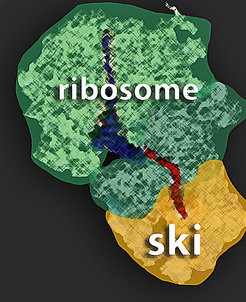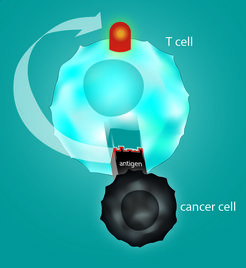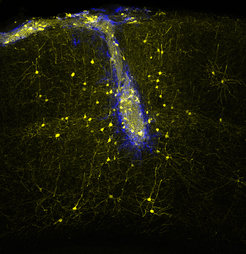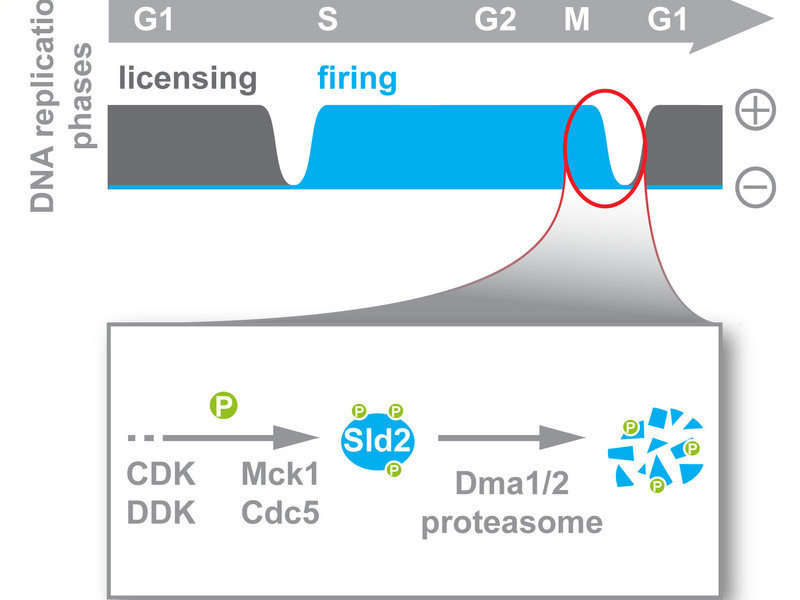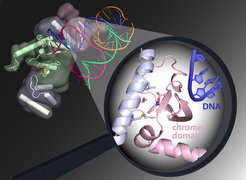
Hamzeiy, H., and Cox, J.
Curr Opin Biotechnol, 2016, 43, 141-146.
What computational non-targeted mass spectrometry-based metabolomics can gain from shotgun proteomics.
Computational workflows for mass spectrometry-based shotgun proteomics and untargeted metabolomics share many steps. Despite the similarities, untargeted metabolomics is lagging behind in terms of reliable fully automated quantitative data analysis. We argue that metabolomics will strongly benefit from the adaptation of successful automated proteomics workflows to metabolomics. MaxQuant is a popular platform for proteomics data analysis and is widely considered to be superior in achieving high precursor mass accuracies through advanced nonlinear recalibration, usually leading to five to ten-fold better accuracy in complex LC-MS/MS runs. This translates to a sharp decrease in the number of peptide candidates per measured feature, thereby strongly improving the coverage of identified peptides. We argue that similar strategies can be applied to untargeted metabolomics, leading to equivalent improvements in metabolite identification.

